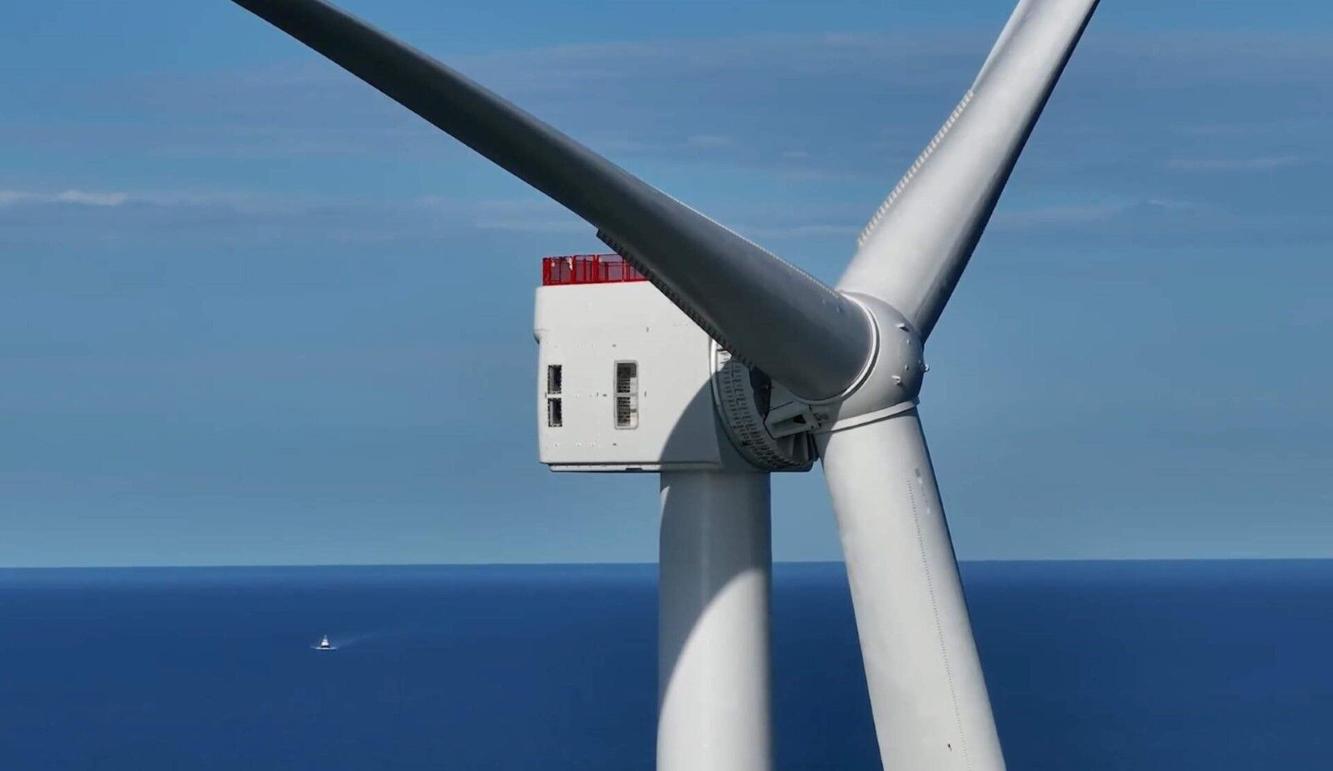
New England wind rush brings back big players, bids to power up to 1 million homes
The wind continues to blow steadily across the waters off the coast of New England and, despite recent industry stumbles, businesses continue to claim they can build turbines there to produce cleaner power while turning a profit.
Several companies submitted bids to bolster the region’s offshore wind industry on Wednesday by noon, when proposals were due to regulators in Massachusetts, Rhode Island, and Connecticut as part of a first-in-the-nation, tri-state plan to eventually secure 6,000 megawatts of wind-made electricity.
The Bay State alone hoped to host at least 3,600 megawatts worth of offshore wind turbines — or about 240 — as part of the plan with its fellow New England states, and in keeping with the state’s goal of getting at least 5,600 megawatts of its power from the near constant breeze blowing offshore by 2027.
Proposals were submitted by known players in the region’s off-shore power game, including energy giant Avangrid, which canceled an offshore wind project last August following concerns it wouldn’t be able to secure funding for the plan amid rising energy costs.
Avangrid’s just-submitted “New England Wind” proposal to provide about 1,800 megawatts of power, according to the company, actually represents the combination of two previously proposed projects, both of which have already seen enough groundwork done that the company says the combined proposal could come online before 2030.
“New England Wind, representing two projects — the 791 Megawatt (MW) New England Wind 1 project and 1,080 MW New England Wind 2 project — are among the most mature offshore wind opportunities in the nation, with the ability to achieve commercial operations before the end of the decade, delivering an urgent energy, climate, and economic solution to the region,” Avangrid said in its announcement.
That combined project, which has the endorsement of Boston Mayor Michelle Wu’s administration, would provide enough power for 1 million homes, according to the company.
Another group, Vineyard Offshore, says their proposal will build on the success of their “Vineyard Wind 1″ project with a 1,200 megawatt plan they’ve dubbed “Vineyard 2″ and that it could start delivering power by 2031.
“Our project will deliver more than $2 billion in economic benefits, create opportunities for workers and local businesses, and build on partnerships with local governments, organizations, and institutions across all three states, and we have the local support to show for it,” Vineyard Offshore CEO Alicia Barton said when announcing the bid.
OW Ocean Winds, which also had to walk away from an offshore project last year due to cost and funding concerns, offered a 1,200 megawatt proposal roughly equivalent to their canceled SouthCoast Wind project plans, and CEO Michael Brown says they can be online by 2030.
“Today marks a pivotal moment for the SouthCoast Wind project and the offshore wind industry in New England. The first ever tri-state offshore wind solicitation demonstrates an unshakeable commitment to a clean energy future for all and we are proud to submit our bid,” Brown said in a statement.
Details on how much generated electricity will cost ratepayers will not be learned until the bids are opened and selected. The Massachusetts Fiscal Alliance, which has come out against the projects, slammed the process as “opaque.”
“It’s notable that as the latest bids are due the one glaring hole in the project proposals are costs for the ratepayers,” spokesperson Paul Diego Craney said. “After backing out of signed contracts due to their inability to meet the price point they promised, these same companies are rebidding on new offshore wind projects while the ratepayers will be left completely in the dark as to how much higher these costs will be until after a project is selected. The lack of transparency is disturbing and begs the question: what are they trying to hide from the public?”


